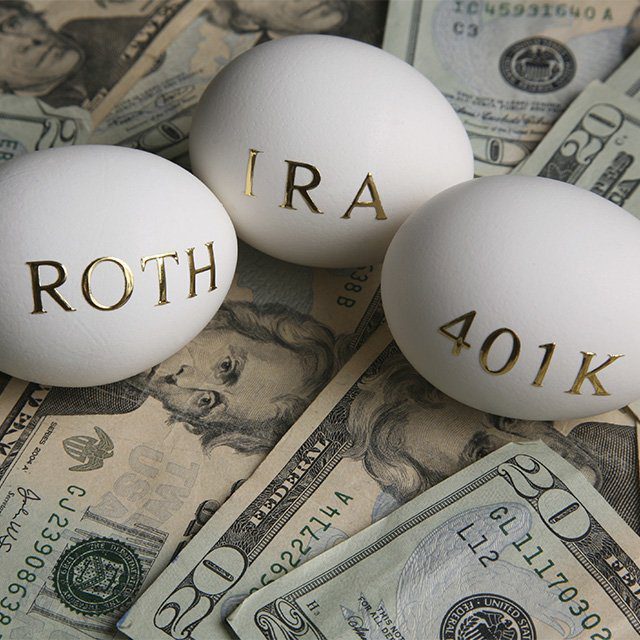A Roth 401(k) Shift Might Affect Money Managers More Than Savers

What You Need to Know
Researchers base their predictions on simulations based on the U.S. 401(k) plan model.
They say total Rothification could change typical saver assets and consumption by less than 4%.
The level of assets held outside retirement arrangements could be much higher in an all-Roth system.
Moving the United States to an “all Roth” 401(k) plan system may not have much impact on retirement savers or U.S. Treasury tax revenue — but it could have a big impact on which advisors and asset managers are managing the savers’ assets.
A team of researchers led by Vanya Horneff has published simulation results raising that possibility in a new paper on how retirement plan “Rothification” might affect lower-income and lower-wealth workers.
Traditionally, workers in U.S. 401(k) plans have received a federal income tax exemption on cash contributed to the plans and on plan account investment earnings, and then paid income taxes on the cash withdrawals.
In a Roth 401(k) plan system, workers pay their income taxes, contribute post-tax cash to 401(k) plan accounts, and then pay no federal income taxes on investment earnings or cash withdrawals.
Horneff and her colleagues conclude that Rothification would not do much to change post-retirement income and wealth inequality.
“We therefore find few reasons for policymakers to favor either tax approach on egalitarian grounds,” the researchers write.
Similarly, the researchers conducted four sets of analyses and found that retirement Rothification would have little obvious effect on total retirement saver tax payments.
What It Means
The researchers look, in simulations they created on the way to reaching their conclusions, where retirement savers’ assets might go.
The researchers found that, in an all-Roth retirement savings world, consumers ages 50 through 69 might end up with about 20% to 30% less assets in their 401(k) plans, and about 90% more assets held in ordinary, “nonqualified” saving and investment accounts.
For consumers ages 50 through 59, for example, 401(k) plan assets could fall to $136,400, from $174,700, in the all-Roth world, and nonqualified assets could increase to $15,400, from $8,100.
If the Horneff team’s analysis is correct, asset managers and financial advisors might prefer to see the United States stick mainly with a traditional 401(k) plan approach if they like managing 401(k) plan assets, and they might prefer to see U.S. savers move to an all-Roth approach if they like managing nonqualified assets.




